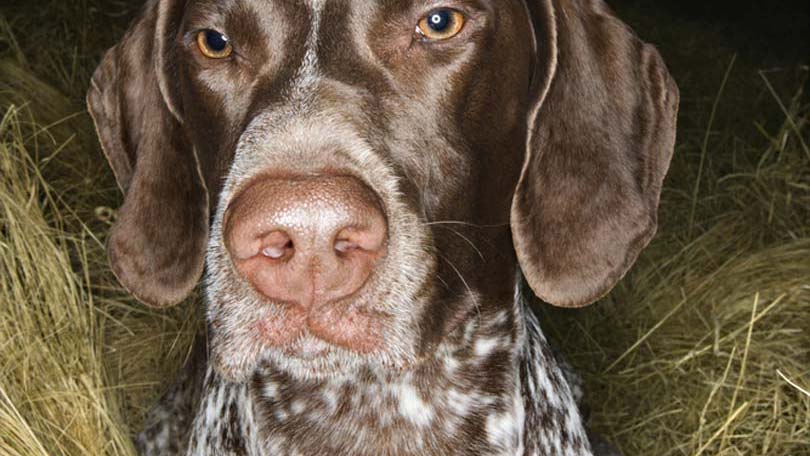
Low glycemic (GI) diets have become the hot topic in human medicine not only for their ability to help manage diseases such as heart disease and type 2 diabetes, but also their ability to help prevent such diseases from developing in the first place. For those people who are predisposed to these diseases through genetics or lifestyle choices, one of the surest ways to slow, if not stop, the progress of heart disease and diabetes is to embrace a low GI diet.
But what about low GI pet food? Can it make a difference to the health of your four-legged family member?
You bet! Our pets are suffering from the same diseases that plague North Americans brought on by unhealthy diets and sedentary lifestyles so why shouldn’t they benefit from the same type of diet that aids us in our mission for better health and longetivity?
What is Low GI Pet Food?
Developed at the University of Toronto by Dr. David Jenkins, professor of nutritional sciences and medicine and doctor at St. Michael’s Hospital, the GI diet places measures foods on how they affect sugar levels in the blood. As a way of measuring the sugar values of food, glucose, or pure sugar, which raises blood sugar faster then any other foodstuff, is given a value of 100 – all other foods measure under that value.
Foods that are rated high break down quickly, causing a spike in blood sugar levels. When this happens, the pancreas releases a dose of insulin to help control blood sugar levels and it is believed that this constant demand on the organ helps contribute to diabetes. Meanwhile, high insulin levels may be a considerable factor in promoting heart disease by raising cholesterol and triglycerides levels, a major factor in cardiac health.
What determines the glycemic index of a food is how fast it digests so the results may be surprising. For example low glycemic fruits include apples, apricots, banana, grapefruit, grapes, kiwi, orange, peaches, pears, and strawberries. Meanwhile, the only high GI fruit is watermelon and the only high vegetables include potatoes and parsnips. White rice and white bread are considered high meanwhile basmati, brown, and wild rice are all rated at medium on the glycemic index. What is the difference? The difference is the amount of fiber that is naturally found in the food.
Low GI pet food contains ingredients that are on the low side of the GI index or balanced in such a way that they are still slow to digest. This means that high glycemic potato is balanced beside low GI meat, vegetables such as broccoli and chard, and high fiber foods such as buckwheat and quinoa.
What else Effects Low GI Pet Food?
Heavily processed foods tend to be higher on the glycemic index as the additional cooking changes the starch from a low indexed amylose molecule to a high GI amylopectin starch molecule. The less processed the food, the lower the GI level and the overall better choice for long term pet health.
Meanwhile, long cooking times can also affect GI levels by softening the food granule and making it easier to digest. An example of this would be al dente pasta versus overcooked past – al dente has a lower GI level.
Protein and fat slow down the rate of stomach emptying and digestion so always feed your pet a balanced diet that includes the appropriate nutrient levels for their activity level.
Dietary fiber is the final determining factor that can make or break a low GI meal. Even though an apple tastes sweet and the inclination would be to put it on the high GI list, the fiber and pectin in the fruit actually slows digestion resulting in a low GI rating.
How to Feed your Pet a Low GI Diet
Many commercial foods are heavily processed with an emphasis on filling the pet up versus providing adequate nutrition. Learn to read ingredient labels and where the high GI foods are listed on the list.
For example, if corn or corn meal is listened in the top five ingredients, steer clear. Watch for high GI foods being broken down and listed in several places i.e. corn, corn meal, corn flour. Technically, it is all still corn and can spike your pet’s blood sugar levels just the same as though it was still a whole kernel of corn except now the parts are smaller, aiding in even faster digestion so it digests even faster!
Read ingredient labels and look for low glycemic, high fiber food for your pet. They will live a long healthy life and never miss the sugar spiking foods!
